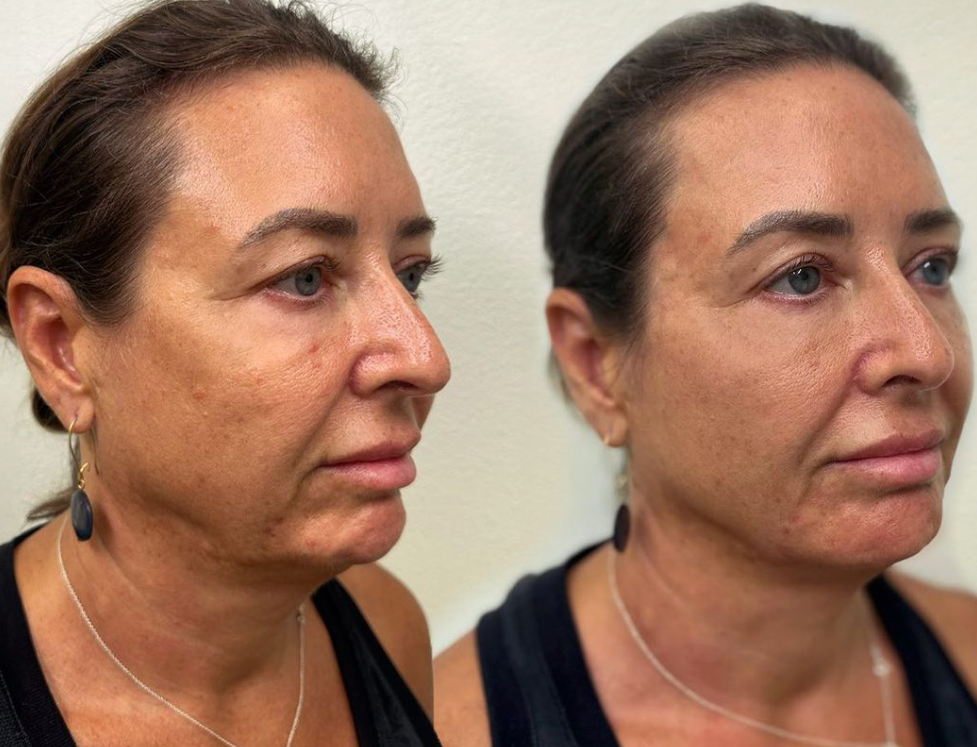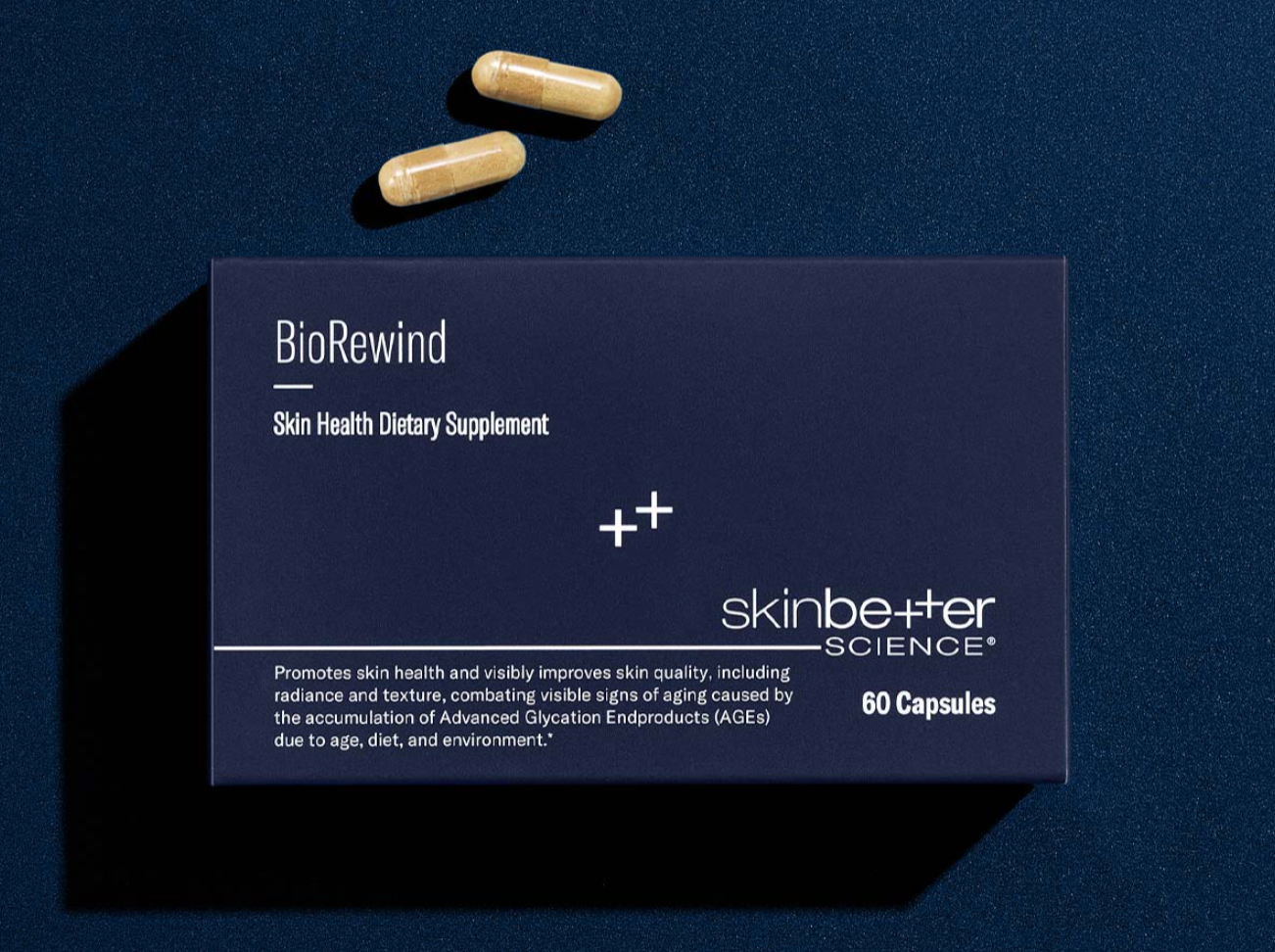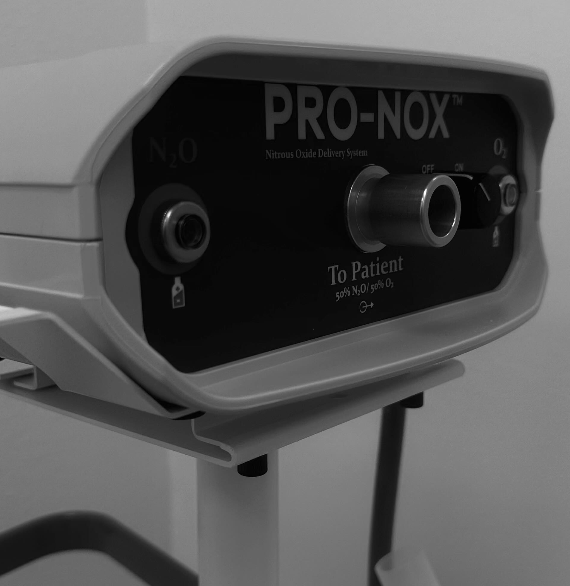Aloha Med Spa offers a comprehensive portfolio of treatments for common skin concerns as well as specific aesthetic goals.
Temple Filler
Your experience with Temple Filler at Aloha Med Spa begins with a personalized consultation to assess volume loss and facial balance. This customized approach ensures precise filler placement to restore contour in the upper face, soften hollowing, and create a more lifted, youthful appearance—enhancing your natural beauty with subtle, yet impactful results.
Temple filler is a cosmetic treatment that uses dermal fillers—most commonly hyaluronic acid-based or collagen-stimulating formulas—to restore lost volume in the temples (the hollow areas on the sides of the forehead between the eyes and the hairline).
Here's a breakdown of what temple filler does:
Restores volume: Aging can cause fat and bone loss in the temple area, leading to a hollow or sunken appearance. Temple filler replenishes this volume for a smoother contour.
Lifts the face: By restoring volume, temple filler can help lift the brows and upper face, subtly rejuvenating your overall look.
Improves facial balance: Enhances symmetry and balances out features by creating a smoother transition from the forehead to the cheeks.
Minimally invasive: The procedure is quick, with little to no downtime, and results are immediate.
It’s often used alongside other treatments like cheek or under-eye filler to create a more cohesive and refreshed look.
- The frequency of temple filler treatments depends on the type of filler used, your body’s metabolism, and your aesthetic goals—but here’s a general guide:
Typically last 9 to 12 months in the temple area.
May last 12 to 24 months, but often require a series of 2–3 treatments spaced 4–6 weeks apart for best results. - Maintenance Schedule:
Most people return for touch-ups every 12 months to maintain volume and contour.
Some clients may prefer small, more frequent top-offs (every 6–9 months) depending on how their body metabolizes the filler and how subtle they want the changes to be over time.
Those experiencing age-related volume loss:
- As we age, the temples can become hollow or sunken, which can create a tired, skeletal apperance. Filler restores volume for smoother, lifted look.
- Even younger individuals may have genetically sunken temples that affect the overall balance of the face.
- Temple filler helps soften transitions between the forehead, cheeks, and eyes—creating a more balanced, youthful facial shape.
- Restoring volume to the temples can subtly lift the brows and outer face, mimicking the effects of a mini facelift without surgery.
- Temple filler is often combined with cheek, under-eye, and jawline treatments to enhance the results of an overall facial refresh.
Wondering if Temple Filler is right for you?
Receive assistance from Our Team with a Personalized Consultation. Tap Here to Schedule your Free Consultation
How Temple Filler Works
Cosmetic Dermal Filler
If you are anxious or worried about your procedure, feel free to talk to the healthcare practitioner who will perform your procedure. Our practitioners are highly experienced and may have suggestions that will help. Ask about the addition of Pro-Nox to your appointment.
-
- Avoid Aspirin, Ibuprofen, Advil, St. John’s Wort, oral Vitamin E, and NSAIDs (Non-Steroidal Anti-Inflammatory Drugs) for at least 24 hours prior to your treatment. These can increase the risk of bruising, swelling, or bleeding at the injection sites.
- Alcohol should also be avoided for 24 hours before your treatment to help minimize bruising.
- Plan accordingly — moderate to significant swelling is normal after Kybella. You may want to avoid major events or photo sessions for at least 3–7 days post-treatment.
- Apply Arnica gel or take Arnica tablets starting 1-2 days before your appointment to help reduce bruising and inflammation. Bromelain supplements (found in pineapple) may also help.
- Stay hydrated and eat a light meal before your appointment to avoid feeling lightheaded.
- If you're taking blood thinners or anti-coagulants (such as Warfarin, Coumadin, Heparin, Plavix, etc.), consult with your provider prior to your appointment.
- If you are prone to cold sores, please notify your provider. You may be prescribed antiviral medication prior to treatment.
-
Please observe the following practices after treatment with cosmetic dermal fillers:
•Avoid applying pressure or touching the treated area for 48 hours after the procedure. The area can then be gently washed with a cleanser and water.
•Avoid vigorous scrubs, exfoliation or facial treatment in the area of treatment for 72 hours.
•Avoid prolonged exposure to direct sunlight or UV/tanning beds for 72 hours after the procedure.
•Avoid manipulation of the area following the injection unless specifically instructed otherwise by your healthcare practitioner.
•For pain/discomfort, use cool packs and over-the-counter analgesics (Acetaminophen, Tylenol).
•Oral or topical Arnica Montana, an herbal supplement, may help with reducing swelling caused by cosmetic treatments. DO NOT take Arnica Montana if you have liver or kidney problems.
•Aspirin, Ibuprofen, Advil, St. John's Wort, oral Vitamin E, and non-steroidal anti-inflammatory drugs (NSAIDS) may promote the risk of bruising and bleeding in the injection area.
•If you are prone to cold sores (oral herpes simplex), take your prescribed medication (Famvir, Famciclovir, Valtrex, Valacyclovir, Acyclovir) as prescribed for the 24 hours after your treatment.
• Swelling, lumps & bumps, bruising, & asymmetries can persist for up to 2 weeks while the filler settles.
•If signs and symptoms of infection persist (warmth at the site of injection, discharge/pus, pain/discomfort) or if you develop a fever, please contact our office so our staff may assist you.







